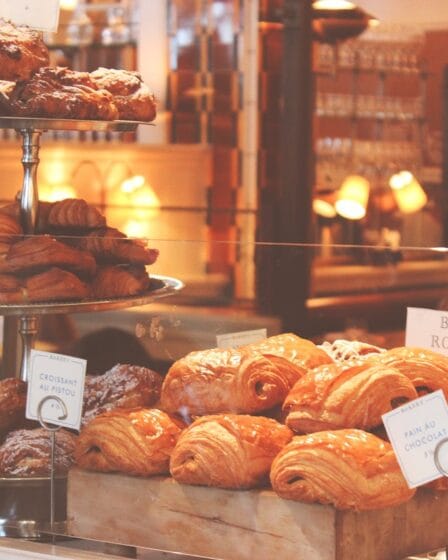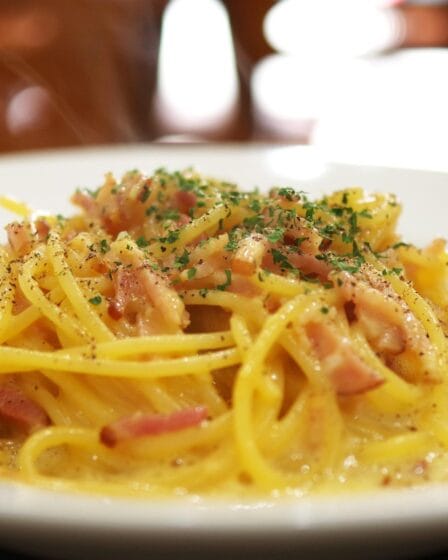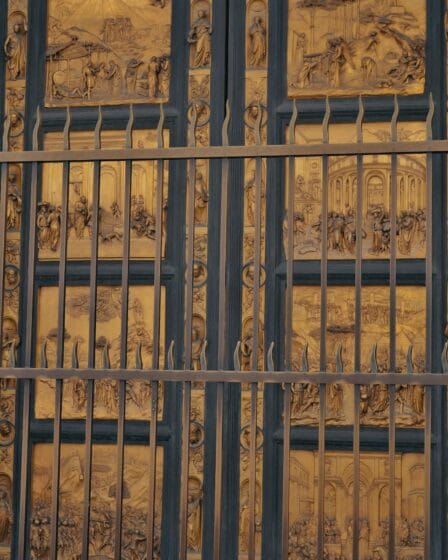Five Roman Desserts You Must Try, five location that you have to try in Rome to live a wonderful experience in the eternal city.
Tradition
Rome Food Essentials
If you don’t eat at these six places in Rome, did you even go? Rome is a dream for food lovers, and this guide highlights six unforgettable culinary stops. In this article — Rome Food Essentials
Rome Eats Like Locals
Finally, a way to know the eternal city, remember this: in Rome you don’t just look around.
Rome is something you breathe, taste, and love.
The Coffee Pope Legend
Before diving into this fascinating story, it’s important to understand how The Coffee Pope Legend became such a symbolic moment in European history.
The Tale of Barile
The Tale of Barile begins on 2 August 1504, when the Republic of Florence ordered the mint to create a new monetary sign. The name “Barile,” curious and widely used, came directly from the wine tax.
Hidden Secrets of Rome
Before your trip to the Eternal City, it’s essential to discover these lesser-known tips that will elevate your experience. In this guide, titled Hidden Secrets of Rome,
Romans Beyond Time
The fascinating history of Romania is deeply connected to ancient Rome, and few countries preserve such a direct cultural bridge with the empire. The concept of Romans Beyond Time perfectly captures this unique heritage, which continues to influence national identity even today.
Wine Flask to Fragrance
“Wine Flask to Fragrance,” from medieval taverns to modern perfumes, blending history, folklore, and a touch of Florentine humor. This captivating story follows the evolution of a single corner of Florence
Rome of the Alps
Welcome to Aosta, a city whose ancient roots still shape its streets and monuments today. Rome of the Alps is not just a poetic nickname—it reflects the deep Roman heritage.
Time Shapes Us
Time Shapes Us even when we least expect it, revealing how small artistic details can reflect the evolution of an era, of a city, and of a master like Lorenzo Ghiberti.










